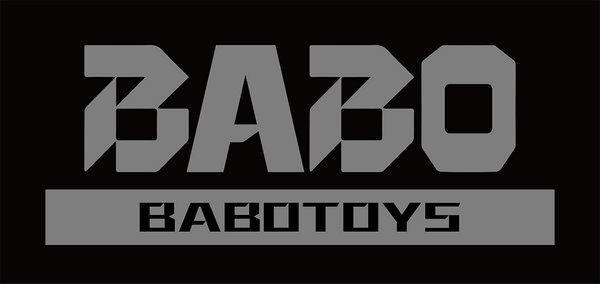3D printing relies on a diverse range of materials, each with distinct attributes and applications. The selection of the appropriate material plays a pivotal role in determining the quality, longevity, and functionality of your 3D-printed items. It's essential to grasp the unique characteristics and practical uses of each material. In this article, we will explore the most prevalent and optimal materials in 3D printing, delving into their properties and real-world applications.
General Properties of 3D Printing Materials
|
Material |
Advantages |
Disadvantages |
|
ABS (Acrylonitrile Butadiene Styrene) |
Impact- resistant, wear-resistant, low cost |
Difficult to print due to warping, poor bed adhesion |
|
ASA (Acrylic Styrene Acrylonitrile) |
UV-resistant, impact-resistant, wear-resistant |
High cost, dangerous fumes during printing |
|
PP (Polypropylene ) |
Impact-resistant, fatigue resistant, good surface finish, good chemical resistance |
Difficult to print due to warping and poor bed adhesion |
|
PLA (Polylactic Acid) |
Cheap and easy to print |
Brittle, degrades in outdoor environments |
|
Carbon Fiber Filled |
High-strength parts |
Can block nozzles, high cost |
|
Nylon (Synthetic Polymers) |
Excellent mechanical properties, low friction |
Absorbs moisture |
|
HIPS (High Impact Polystyrene) |
Low weight, can be dissolved with a solvent |
High printing temperature |
|
PC (Polycarbonate) |
One of the strongest 3D printer filaments, transparent |
Difficult to print, high cost |
|
PVA (Polyvinyl Alcohol) |
Dissolves in water |
Can only be used for support material |
|
Resins |
Smooth surface, versatile |
Design limits, high cost |
|
Nitinol |
Withstand substantial bending, one of the strongest materials |
Difficult to print |
|
Flexible (made of Thermoplastic Elastomers) |
Rubber-like behavior |
High cost, difficult to print |
|
Wood-Based Filament |
Aesthetically pleasing finish |
Poor overall strength, can block nozzle |
|
Metal Filled Filaments |
Aesthetically pleasing finish |
Poor overall strength |
|
PETG (Glycol Modified version of PET) |
Excellent mechanical properties, easier to print than ABS |
Imperfect interlayer adhesion |
|
Graphite and Graphene |
High strength, remarkable electrical conductivity |
High cost, poor efficiency |

